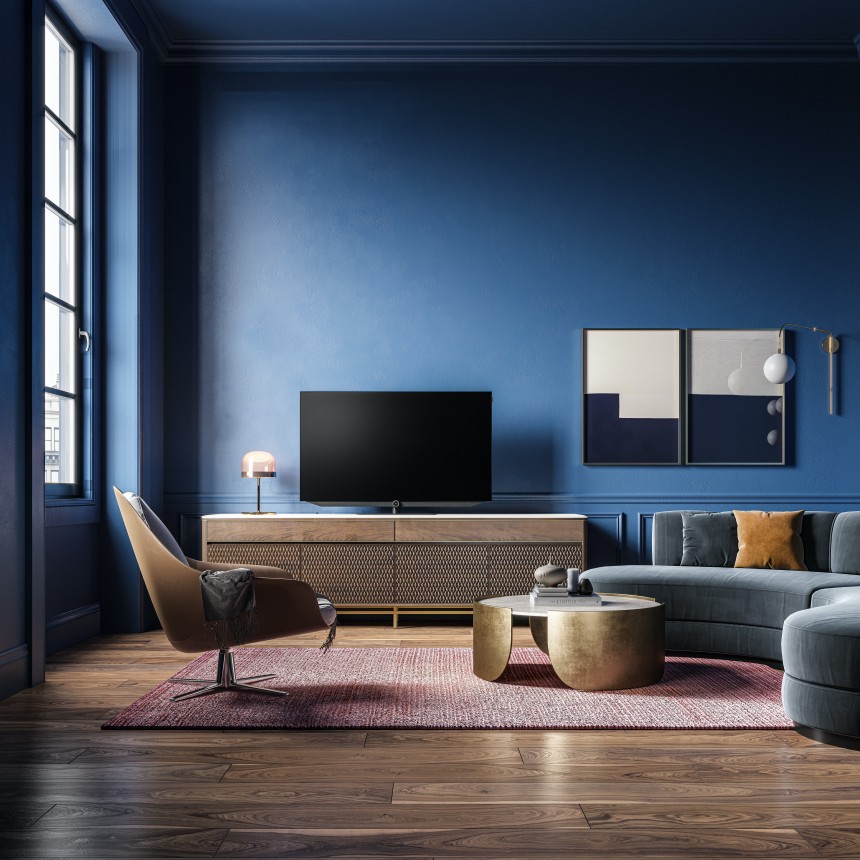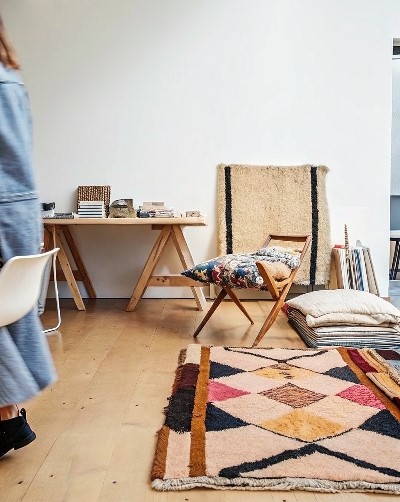
Which rug size should I get for my living room? It's one of the many questions people have when they move to a new home, purchase new furniture, or redecorate. The size of living room rugs can have a significant impact on the overall feel of a room. A small rug can make your living room feel cold, while a large rug can, paradoxically, make it feel smaller.
Choosing the appropriate size for your living room rug will add balance and warmth, making it the perfect finishing touch. It also serves as the foundation for your living room, provides comfort underfoot, and aids in floor protection. Once you've determined what size rug is best for your living room, we'll look at how different colors and arrangements can help you make the most of your space.
How Big Should a Living Room Rug Be?

Living room rugs anchor the room, so the color, style, and fabric of your rug can set the mood. Lighter colors make small rooms appear larger, whereas darker, richer colors help define more intimate spaces. Warm colors such as yellow, red, or orange add warmth, while cool colors create a calm environment. Choose rug colors that complement your primary furniture, such as a sofa. If the color is solid, choose a patterned rug, and vice versa.
Now It's Your Turn
Hopefully, you now feel confident and well-equipped to choose the right living room rug and layout for you. The above rules are only guidelines; only you can determine what living room rug placement works best for you. Take your time making a decision and shopping for the best living room and area rugs.




